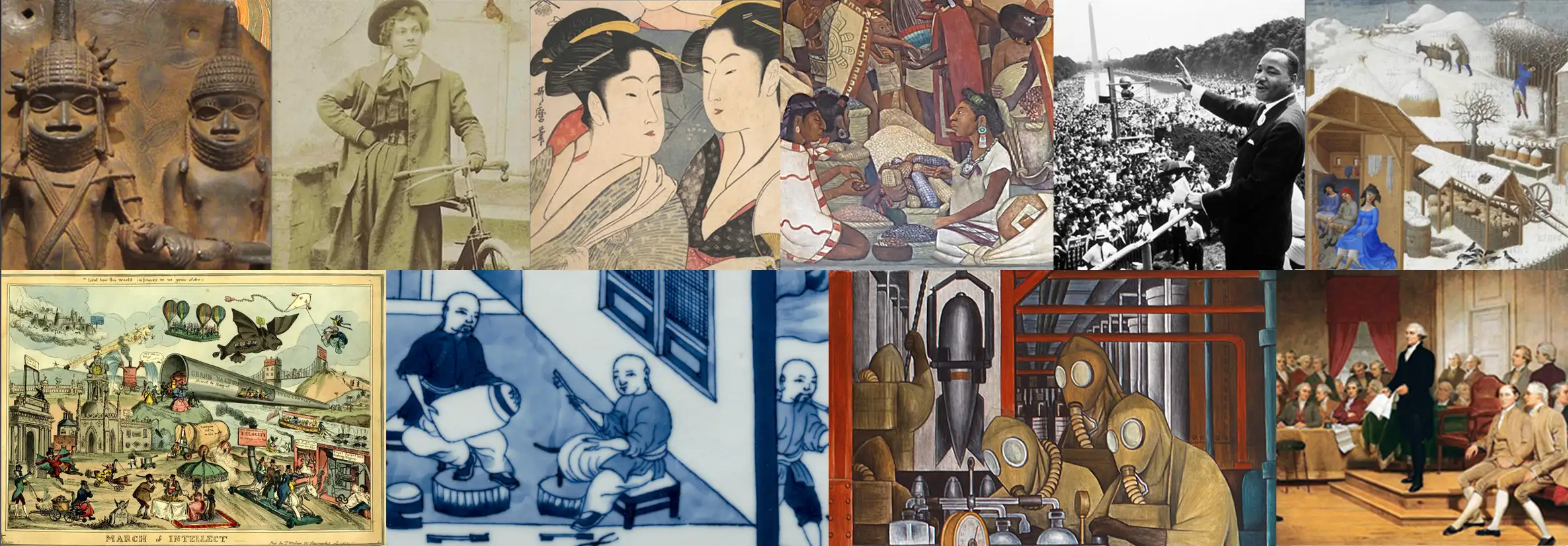Students Explore the History and Legacy of Samurai

Symbols of samurai are all around us, whether in the recent Emmy-winning historical drama Shōgun (2024), blockbuster video games such as Ghost of Tsushima (Sucker Punch, 2020), or even the appearance of Ohtani Shōhei’s samurai “home run” helmet in Major League Baseball. However, what a samurai was and what samurai symbolize have changed dramatically across the course of Japanese history.
During the spring 2025 semester, students in Assistant Professor Natalia Doan’s upper-level course The Samurai: Fact, Fiction, Fantasy explored that history.

“Samurai are one of the most iconic symbols of Japan, but there has never been one monolithic meaning of samurai or the values they have represented to different people and across different periods in history,” said Doan, whose research discloses the influence of samurai on antebellum American culture. “I wanted this class to share with students the historical origins and powerful legacy of samurai in Japanese history and popular culture.”
As part of this class, students analyzed a variety of primary sources across multiple centuries, as well as historical and contemporary representations of samurai in woodblock prints, literature, video games, television, and other media to uncover how and why facts, fictions, and fantasies surrounding samurai have played and continue to play a role in Japanese history, culture, and perceptions of Japan around the world.
Understanding the history of samurai is essential not just to understanding the history of Japan or early US-Japan encounters, but also to understanding the ways in which nations and people construct and revise ideas and symbols surrounding national and cultural identity, both domestically and on the global stage.
